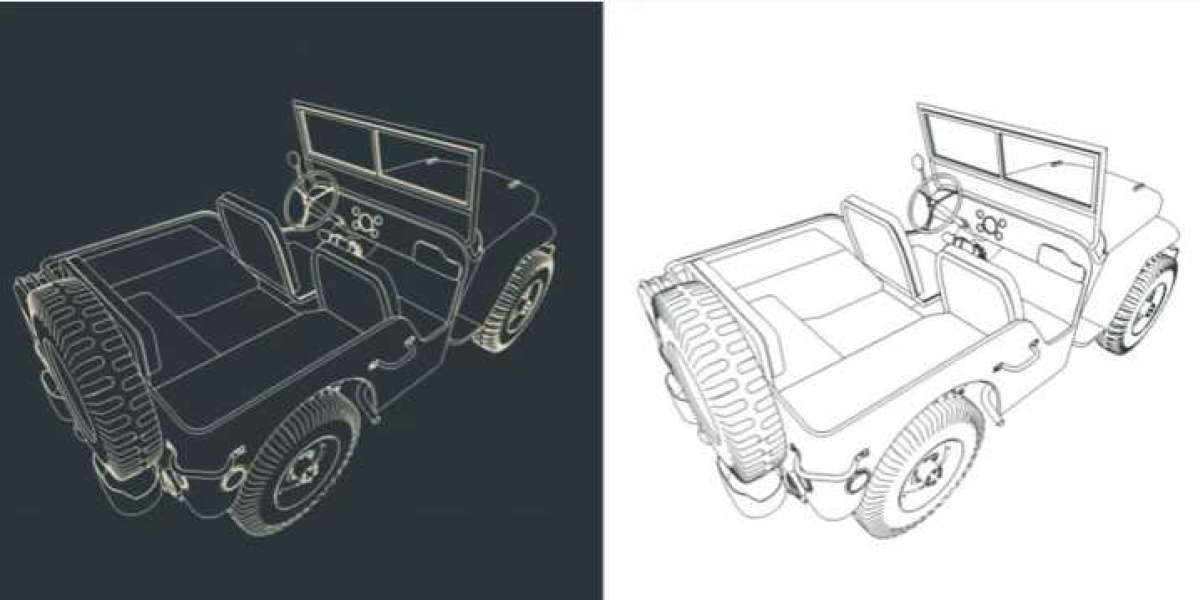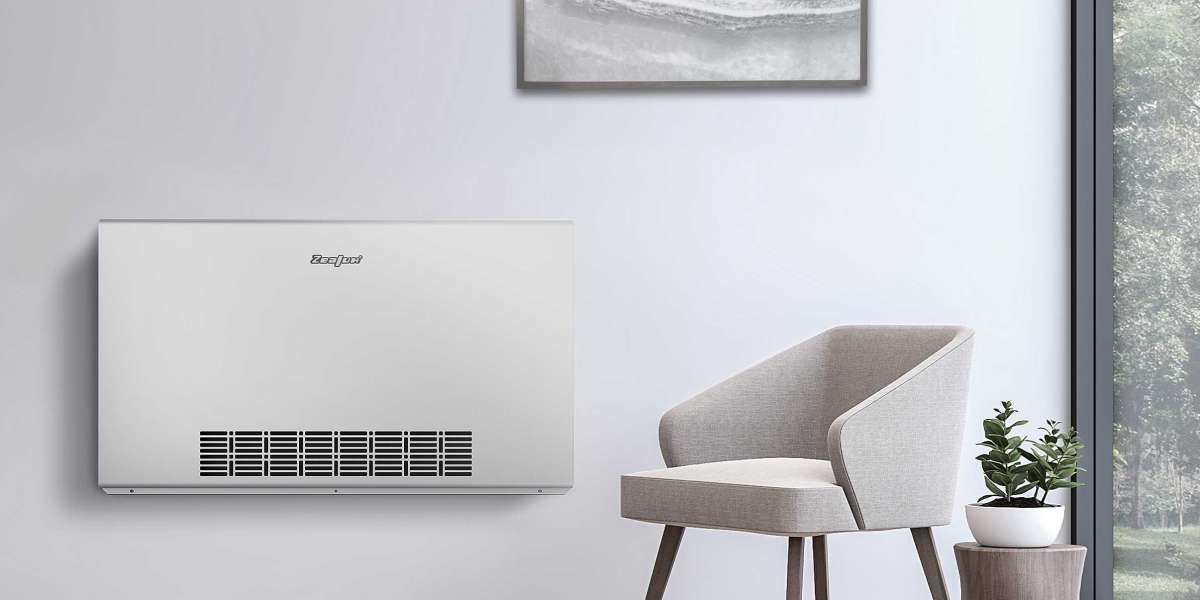In today’s fast-paced and innovative world, the importance of intellectual property cannot be overstated. For inventors and companies alike, securing patents is crucial for safeguarding their novel ideas and technological advancements. Regarding patent applications, one aspect that deserves special attention is patent drawings. These visual representations play a vital role in effectively communicating an invention’s unique features and functionality.
In this article, we will explore the significance of patent drawing searches and delve into the factors influencing the cost of creating patent drawings. By understanding the value of conducting thorough patent drawing searches and the various elements that impact drawing costs, inventors and applicants can make informed decisions to protect their intellectual property.
Patent drawing searches involve an in-depth examination of existing patents, published applications, and other relevant resources to identify prior art and ensure the novelty and inventiveness of an invention. These searches help applicants gauge the uniqueness of their concepts, identify potential obstacles, and refine their patent applications accordingly.
Patent drawings, on the other hand, provide a visual representation of an invention’s structure, design, and technical aspects. They are a powerful tool to enhance understanding, clarity, and precision in patent applications. Well-executed patent drawings aid in the examination process and offer valuable support during legal disputes and licensing agreements.
Now, let’s explore the factors that influence the cost of patent drawings, helping inventors and applicants better allocate their resources and plan their patent application strategies effectively.
Understanding Patent Drawing Searches
Patent drawing searches are an integral part of the patent application process. They involve meticulously examining existing patents, published applications, technical literature, and other relevant sources to identify prior art related to an invention’s visual aspects. By conducting thorough patent drawing searches, inventors and applicants can gain valuable insights into existing designs and ensure the novelty and patentability of their inventions.
The primary objective of patent drawing searches is to identify prior art that may impact the visual aspects of an invention. This includes searching for designs, illustrations, and graphical representations similar to the invention being considered for patent protection. Patent drawing searches go beyond textual descriptions and focus specifically on the visual elements of an invention.
There are several reasons why conducting patent drawing searches is crucial:
- Novelty and Inventiveness: Patent drawing searches help determine the novelty and inventiveness of an invention. By examining existing patent drawings, inventors can identify similar designs and assess the uniqueness of their inventions. This step is essential in establishing the patentability of an invention and avoiding potential conflicts with the prior art.
- Enhanced Patent Application: Patent drawing searches assist in crafting comprehensive and well-structured patent applications. By analyzing existing drawings, inventors gain insights into the visual representation requirements, understand the level of detail expected, and ensure their drawings meet the necessary standards. This process contributes to the overall quality and effectiveness of the patent application.
- Avoiding Rejections and Challenges: Patent drawing searches help identify potential obstacles and design elements that may lead to rejection or challenge during the examination process. By proactively addressing similar designs and visual representations, inventors can make necessary adjustments to their drawings and strengthen their patent applications, thereby reducing the risk of rejection or legal disputes.
- Supporting Patent Claims: Patent drawings can play a crucial role in supporting the claims made in a patent application. Clear and accurate drawings can help explain complex concepts and demonstrate an invention’s unique features and functionality. This visual evidence strengthens the patent claims and enhances the chances of successful patent prosecution.
It is important to note that conducting patent drawing searches can be a complex and time-consuming task. Patent databases, search engines, and professional search services are commonly used to ensure a thorough search. By engaging the expertise of patent professionals or search firms, inventors can benefit from their knowledge and experience in conducting effective patent drawing searches.
The Role of Patent Drawings
Patent drawings play a crucial role in the patent application process. They serve as visual representations that accompany the written description of an invention, providing a clear and detailed understanding of its structure, design, and technical features. The role of patent drawings extends beyond mere illustrations, as they contribute significantly to a patent application’s overall quality and effectiveness. Let’s explore the various aspects of the role of patent drawings in greater detail.
- Enhancing Clarity and Precision:
Patent drawings provide a visual representation of an invention, helping to clarify complex concepts and technical details. They offer a clear and concise visual understanding of the invention’s features, allowing patent examiners, legal professionals, and potential licensees to grasp its design and functionality more easily. Patent drawings ensure the patent application is accurately and precisely communicated, leaving little room for ambiguity or misinterpretation. - Supporting Patent Claims:
Patent drawings serve as crucial support for the claims made in a patent application. The drawings can visually demonstrate the invention’s unique features, structural elements, and innovative aspects. They provide evidence that strengthens the patent claims, making them more persuasive and credible. Well-executed drawings illustrate how the invention is distinct from existing designs, contributing to the patent’s validity and enforceability. - Facilitating the Examination Process:
Patent examiners rely on patent drawings to assess an invention’s novelty, inventiveness, and technical details. Drawings assist examiners in evaluating the invention’s compliance with patent laws, verifying its uniqueness, and comparing it to prior art. Clear and comprehensive drawings enable examiners to expedite the examination process, leading to faster and more accurate assessments of the patent application. - Supporting Legal Proceedings:
In legal disputes, patent drawings play a vital role in illustrating the unique aspects of an invention, aiding judges, juries, and legal professionals in understanding complex technical concepts. During litigation, patent drawings can serve as visual evidence to support infringement claims or defend the validity of a patent. The clarity and accuracy of the drawings can significantly impact the outcome of legal proceedings, making them an invaluable asset in intellectual property disputes. - Communication and Licensing:
Patent drawings facilitate effective communication between inventors, patent professionals, and potential licensees. They provide a visual representation that enhances discussions and negotiations regarding licensing agreements, technology transfers, or collaborations. High-quality patent drawings make it easier for potential licensees to understand the invention’s features and make informed decisions regarding its commercialization.
Factors Influencing Patent Drawing Costs
The cost of creating patent drawings can vary significantly based on several factors. Understanding these factors is crucial for inventors and applicants to allocate resources effectively and plan their patent application budgets. Let’s explore the key factors that influence patent drawing costs:
- The complexity of the Invention:
The complexity of the invention is a significant factor that impacts the cost of creating patent drawings. Highly intricate and technically complex inventions require more time and effort to represent their features in the drawings accurately. The level of detail, the intricacy of components, and the number of technical elements involved can significantly increase the workload for the draftsperson, resulting in higher costs. - A number of Views and Figures:
The number of views and figures required to depict an invention adequately affects the cost of patent drawings. Each view or figure adds to the time and effort required to create the drawings. If an invention needs multiple views from different angles or requires detailed illustrations of various components, the drafting process becomes more extensive and time-consuming, leading to higher costs. - Level of Detail and Quality:
The level of detail and quality expected in patent drawings is another factor in determining the cost. High-quality drawings with precise measurements, accurate proportions, and clear illustrations require more expertise and skill. Achieving this level of detail may involve additional time and resources, which can increase the overall cost of the patent drawings. - Engagement of Professional Drafting Services:
Many inventors and applicants choose to engage professional drafting services to ensure the accuracy and compliance of their patent drawings. The fees charged by these services can vary based on several factors, including the complexity of the invention, the number of drawings required, and the reputation and expertise of the drafting service provider. The cost of hiring professional draftspersons or firms should be factored into the overall patent drawing costs. - Geographic Location:
The geographic location of the drafting service provider can influence the cost of patent drawings. Different regions and countries may have varying fee structures, labor costs, and market dynamics. For example, hiring drafting services in regions with higher labor costs may result in higher overall expenses. It is essential to consider these regional variations when estimating the cost of patent drawings. - Revisions and Amendments:
During the patent application process, revisions or amendments to the drawings may be necessary. These changes could be requested by patent examiners or made to accommodate new developments in the invention. Revisions and amendments often incur additional costs, requiring the draftsperson to modify the existing drawings or create new ones. Careful review and finalization of the drawings before submission can help minimize these potential expenses. - In-house vs. Outsourced Drafting:
Another factor influencing the cost of patent drawings is whether the drafting is done in-house or outsourced to external professionals or firms. In-house drafting may require the employment of skilled draftspersons or the use of specialized software, which incurs additional costs such as salaries and software licenses. On the other hand, outsourcing to professional drafting services may involve upfront fees or hourly rates, but it eliminates the need for ongoing in-house resources and expertise.
Conclusion
In conclusion, patent drawing searches and the associated costs are crucial considerations for inventors and applicants seeking to protect their intellectual property. Conducting thorough patent drawing searches ensures the uniqueness and novelty of an invention, while well-executed patent drawings enhance the clarity and precision of the patent application. Factors influencing patent drawing costs include the complexity of the invention, the number of views and figures, the level of detail and quality, the engagement of professional drafting services, geographic location, and potential revisions or amendments. By understanding these factors, inventors can make informed decisions and allocate appropriate resources to ensure the effective representation of their inventions in patent drawings. A well-prepared patent application, accompanied by high-quality drawings, increases the likelihood of obtaining a valuable patent and protecting intellectual property rights. Careful planning, collaboration with skilled draftspersons, and budgeting for patent drawing costs are essential steps in the patent application. By recognizing the importance of patent drawing searches and understanding the factors that influence patent drawing costs, inventors can navigate the patent landscape with greater confidence and maximize the potential value of their inventions.
Read More:
Reducing Costs with Professional Patent Drawings: A Comprehensive Guide








